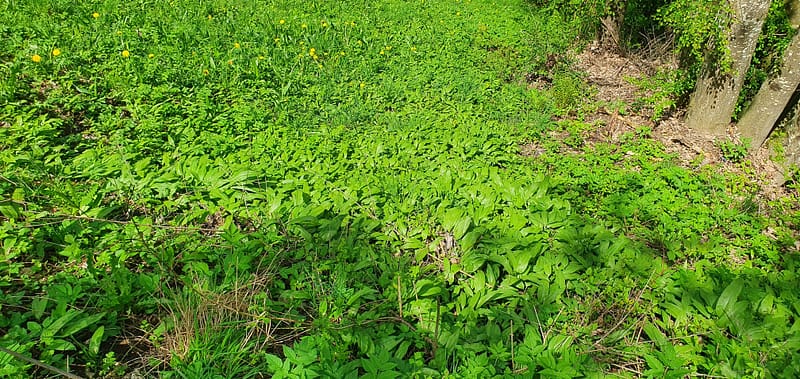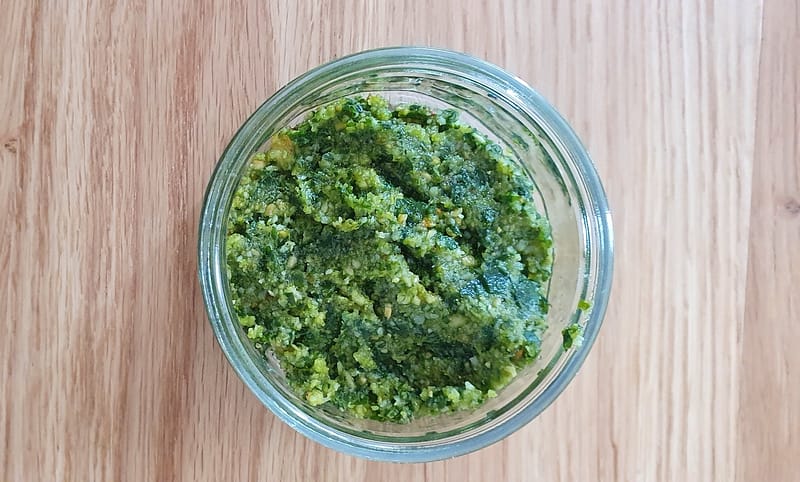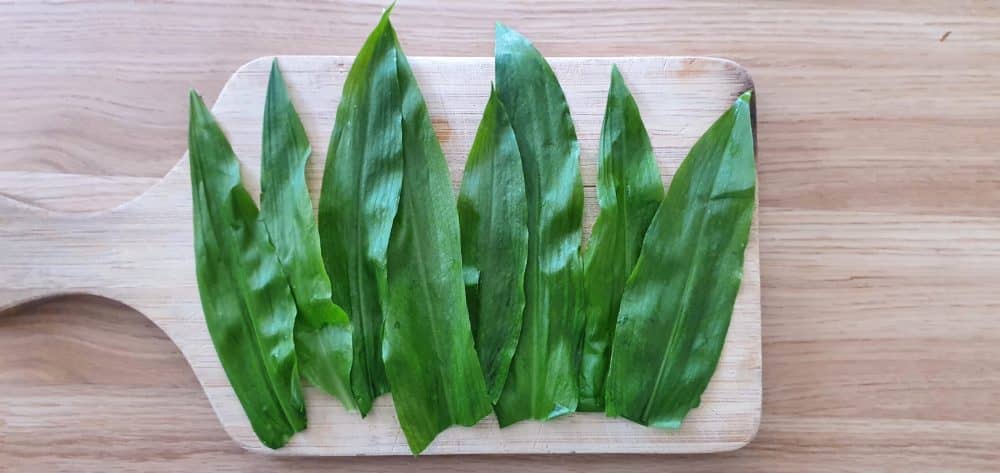It’s mid-Spring, and over the last fourteen days or so the forest around me has transformed. Its see-through trees have donned a cloak of vibrant green, a trillion different shades. It’s like walking through an emerald, serenaded by the sound of sweet birdsong. What heaven.
While out walking today, I spied a host of rabbit ear leaves, nibbling close to the ground and twitching in the breeze. At this time of year, the Swiss go crazy for this plant. I know it as ramsons, but you may call it wild garlic or even bear leek, which is much closer to its German roots, for they call it ‘Bärlauch’. It can be found shimmering in huge patches at the base of trees or the edge of fields where it prefers a little shelter from the sun. It’s so abundant in places that you can hardly miss it. Rather late to be gathering, as mid-April is the most popular time to see bunches of leaves for sale locally, but where I live I can sometimes touch the clouds. At this altitude spring is always a little tardy.

It was a stretch to lean over the wiry fence and reach down the steep slope to collect the leaves, but I was instantly rewarded with their gentle garlic aroma.
I asked my Swiss friends about their favourite ways to use the plant. One had a warning – be careful of look-alikes. Lily of the valley and arum are poisonous and look very similar when their leaves first unfurl. A good reminder that when foraging you must have your wits about you at all times.
My friends told me they make pesto, pasta, butter, risotto, soups and dips. Quite a selection, but I believe the plant has far more uses. I love the pesto, because once it’s made you can add it to any of the other dishes, as well as using it as a spread on toast.
Here’s a recipe I use which is quick and easy.
250g ramson leaves
150g hard cheese – like Parmesan or pecorino
250ml olive oil
250g pine kernels or raw cashew nuts
A pinch of salt and pepper
Wash and gently dry the leaves, then finely chop them. Also chop the nuts and roast them in a dry pan. Add them to the leaves. Puree the mixture with a hand blender or pestle and mortar until it is a smooth paste, then add the oil. Grate the cheese and fold in. Season to taste.

So, what about Ashted Common in the late 18th Century? Would they perhaps have found ramsons growing wild and in abundance? I’m sure they did.
I like to think that Molly Hogtrough used it to flavour her soups and gruels, for without any additional herbs, her one-pot turnip creations must have been quite bland. And it’s so versatile as all parts of the plant can be used. The bulb is similar to regular garlic and the flowers can be used as a decoration for salads – although I’m not sure Molly’s husband would have appreciated the pretty little white petals sprinkled over his food.
Nicholas Culpeper doesn’t mention it in his ‘Complete Herbal & English Physician’ which he published in 1653, but there is an entry for garlic. Perhaps he lumped all the related plants together.
Ramsons are only around for a few short weeks every spring, but I’m betting most country folk knew and used this very common and flavoursome plant. Perhaps, like the locals here, they also gathered and sold it in bunches at weekly markets, to those who couldn’t collect it themselves. A few extra pennies for their coffers must always have been welcomed.
My pesto was delicious, but thank goodness for modern toothpaste.
